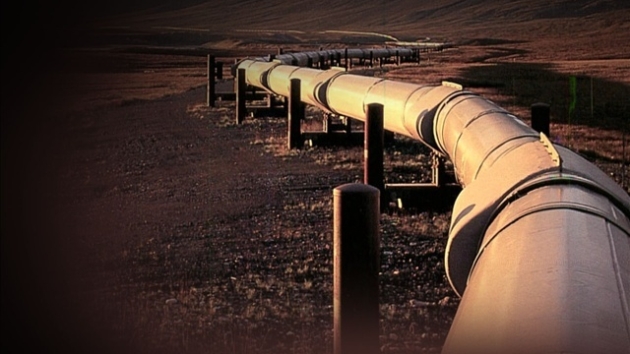If the President Wants to Minimize GHG Emissions, He’ll Approve the Keystone Pipeline
The State Department released its final report on the environmental impacts of the Keystone XL pipeline. It not only pulls the rug out from a key argument of pipeline opponents, but it puts the president in an awkward position.
[youtube]http://youtu.be/d-Gn6UpmK-A[/youtube]
First, the report undercuts pipeline opponents’ claims that stopping the construction of Keystone XL would block development of oil sands crude development in Canada:
[A]pproval or denial of any one crude oil transport project, including the proposed Project, is unlikely to significantly impact the rate of extraction in the oil sands or the continued demand for heavy crude oil at refineries in the United States based on expected oil prices, oil-sands supply costs, transport costs, and supply-demand scenarios.
The report states that oil transport by rail is “already occurring in substantial volumes,” and “rail will likely be able to accommodate new production if new pipelines are delayed or not constructed.”
In short, blocking Keystone XL will not stop oil sands crude development in Canada.
Second, the report debunks arguments that a pipeline is the most environmentally dangerous of all scenarios. It looked at alternative scenarios if Keystone XL wasn’t approved—i.e. “No Action/maintaining the status quo–and compared their environmental impacts to the proposed pipeline.
The alternative scenarios all have higher greenhouse gas emissions associated with them than Keystone XL. From the report: “The total annual GHG emissions (direct and indirect) attributed to the No Action scenarios range from 28 to 42 percent greater than for the proposed.”
![Impacts of Keystone XL alternatives [table]](https://www.uschamber.com/sites/default/files/StateDepartment_KeystoneXL_Alternatives.png)
If the president is as concerned with minimizing greenhouse gas emissions as he says he is, then he should give the pipeline the go-ahead.
Along with its environmental analysis, the report reaffirms the economic benefits from construction of the pipeline that were stated in the draft EIS:
- 42,100 new jobs.
- $2 billion in earnings.
- $3.4 billion added to U.S. GDP.
Tom Donohue, President and CEO of the U.S. Chamber commented on the release of the report:
The State Department has once again found nothing in its environmental analysis that would prevent the Keystone XL pipeline from moving forward. It’s time for the administration to stop playing politics with a project that will create good-paying American jobs, improve our energy security, and strengthen relations with our closest ally, Canada.
Five years of delays, distractions, and foot-dragging is long enough. It’s time to do what’s right for America, our economy and workers, and our relationship with our special neighbor to the north—approve the Keystone XL pipeline.
Now, we’re in the National Interest Determination stage, where eight other federal agencies and the public can weigh in on whether approving the pipeline is in the nation’s national interest.
Based on all that we know now about the jobs that will be created, the economic impacts, and its minimal effects on the environment, it’s clear that approving the Keystone XL pipeline is in America’s best interests.


